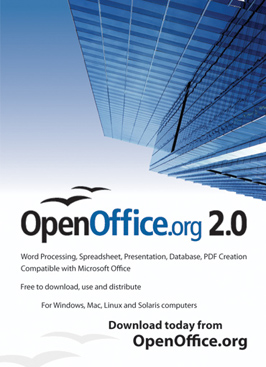(almost) Open Source Security: StillSecure takes off the wraps and tell us about Cobia
Yesterday StillSecure, a firm founded in 2000 specialized in creating secure network infrastructure software, announced Cobia, an (almost) open source modular framework for networking and security.
Christian Koch, Network Engineer at a technology infrastructure services company, said:
The convergence of networking and security is increasingly requiring administrators to deploy solutions once and then redistribute them across the network as needs evolve. Cobia is the first real option for those who understand the benefits of using an open, modular, software-based approach to networking and security, and how it enables users to take advantage of advances in general computing hardware to dramatically decrease cost of ownership.
Currently the Cobia platform is in the beta phase, and apparently its community, currently reaches over 1,000 users involved.
There are two Cobia licenses, the community one, named after the company StillSecure Community License 1.0, is not approved by OSI and I believe it doesn’t qualify, since it requires you to sign a Contribution Agreement if you distribute modified version of the software.
Mitchell Ashley, StillSecure CTO, summarized Cobia characteristics as follows:
1. Cobia is a software platform for networking and security.
Cobia can operate on a variety of hardware platforms (Intel/AMD) including off-the-shelf servers and computers, hardware appliances, blades such as blade servers and blades within network infrastructure gear.
2. Cobia is plug-n-play network and security modules.[..] Cobia is all about modularity, right down to its software architecture. Cobia Modules for networking and security are available today on the Cobia site. Additional modules are under development and as the Cobia community grows, I anticipate there will be a variety of people creating modules for Cobia.[..]
7. Virtualizing the network.
[..] Cobia ushers in virtualization for networking and security right now. Today, you can run Cobia as a VMware instance on Windows or Linux. Download Cobia from the site ready to run in VMware.

 Time by
Time by  Blueprint by
Blueprint by 
 Openoffice.org ads by
Openoffice.org ads by  Tiemann by
Tiemann by  Against software patent by
Against software patent by  Forging by
Forging by
Reply